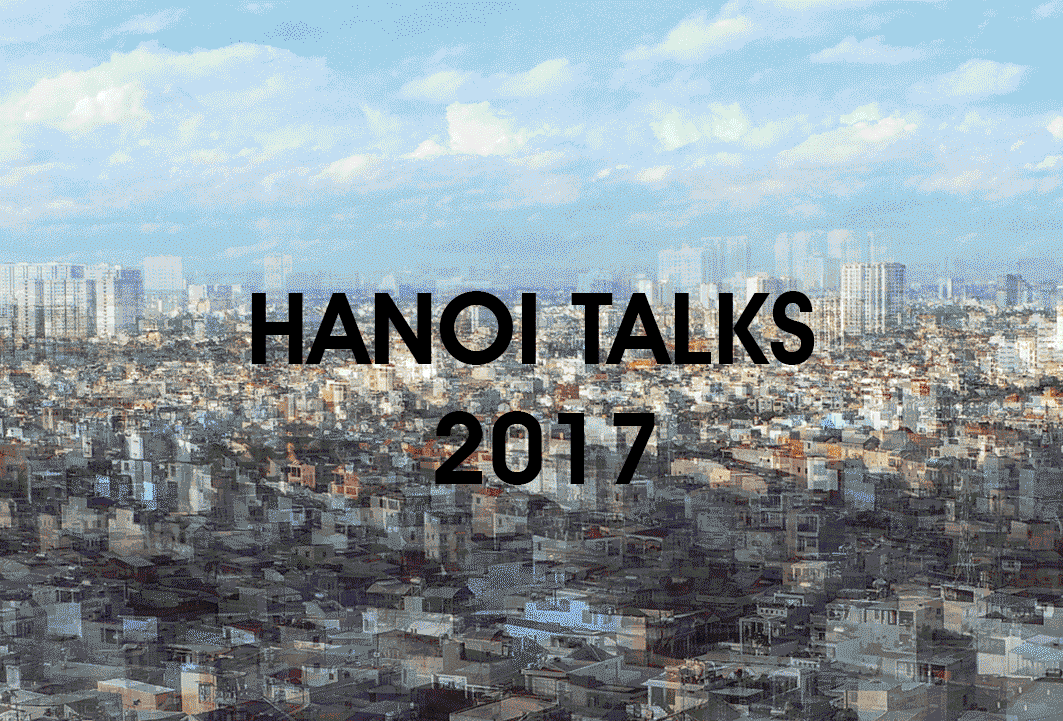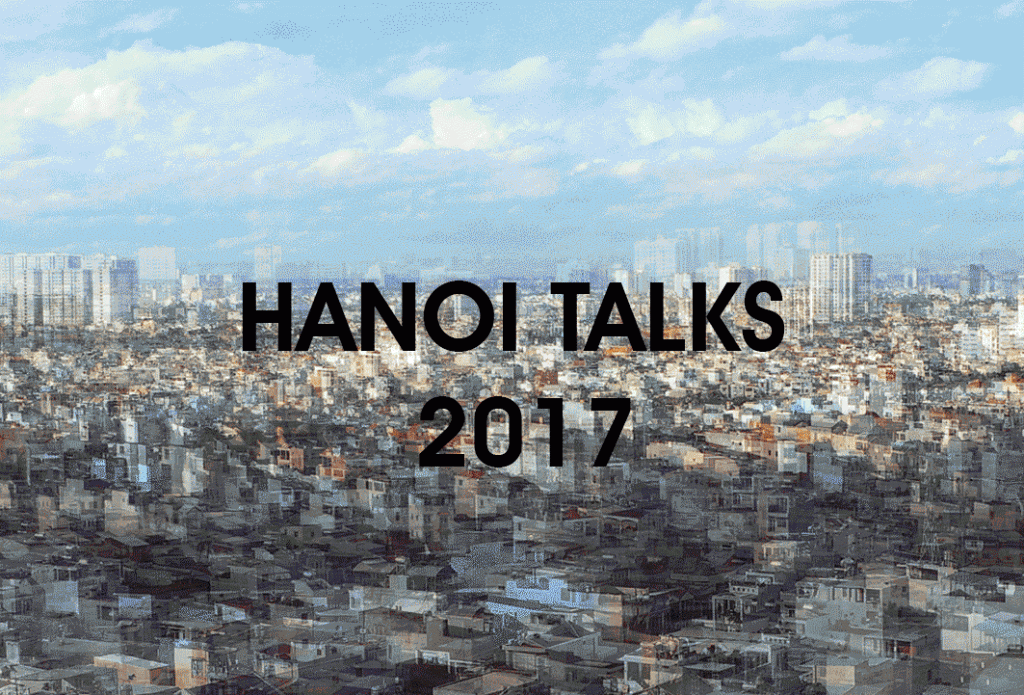
- 8+
- Completed
- Hanoi (2017-2017)

2017 saw the debut of the presentation series HANOI TALKS where specialists offer insight on topics that influence or are influenced by the practice of Architecture. These lectures propose a free space to question the status-quo and push the confines of what Architecture and Urban Design are said to be. As a part of G8A’s
2017 saw the debut of the presentation series HANOI TALKS where specialists offer insight on topics that influence or are influenced by the practice of Architecture. These lectures propose a free space to question the status-quo and push the confines of what Architecture and Urban Design are said to be.
As a part of G8A’s think tank “8+”, which is dedicated to research and development, these conversation-based interactions are a branch of investigation; a place to share the ideas of tomorrow. The 10 invited speakers of 2017 were selected due to their detailed knowledge in their chosen field of practice. From designers to anthropologists, artists and researchers, presenters were given a platform to share and challenge their topics of choice.
Christopher Stebbins, “A tool to promote informal sociability in urban public spaces”
A focus on public spaces with community engagement and tools to evaluate existing spaces or design new ones to optimize sociability.
Patrick Bingham-Hall, “Does architecture matter anymore?”
Architecture is affected by strict regulations and tight financial budgets, where sustainability is sometimes seen as an add-on. These factors have impact on the increasing disconnection between building and inhabitant.
Emmanuel Cerise “Agrarian City vs Market Town – two Models to create Asian Cities”
Geographers specializing in Asian societies identify two main types of cities: Agrarian City or Market Town. These two models have influenced Hanoi’s development.
Alexander Eriksson Furunes, “Buildings made by people”
A focus on community collaboration, learning by doing and cultivating a deep understanding of place, with a specific relationship with the architectural design process used as a tool for positive social change.
Laurent Barnavon, “The material’s memory”
At the crossroads of two ancestral disciplines that combined can simply be called “to fold” this practice allows material to transform in technical capacity without altering is essential nature.
Myriem Alnet, “Sounds that make a city”
A collaborative project with artist Georgia Golebiowski looks at one aspect of the “sensible city” – its audible identity – and highlights the importance of nurturing a richness and diversity of sounds for citizens to live pleasantly.
Yann Follin, “Reinventing the Museum – The Art of Display”
In today’s innovative cultural context of Singapore, WY-TO develops experiences that aim to break the limits of exhibition design, to challenge conventions and invent new ways of discovering artworks through movement, body posture and experiencing reality (both analogue and virtual).
Truong Uyen Ly, “The exciting movement: Creative hubs in Vietnam”
A creative hub is a place, physical or virtual, which brings people together to express artistic ideas and creativity in a free and open environment, and in turn allows them to share a variety of artistic outputs with their communities.
Linda Mazur, “How to Discover Hanoi’s Hidden Houses & Secret Alleys”
Behind the street-side hair salons, tea stalls and restaurants all vying for our attention, are concealed gems. The cultural layering of the built heritage is evident in Hanoi, like a puzzle that needs to be unraveled to be appreciated.
Co-owner and Co-founder of FRES (FR), Laurent presented, among other projects, the evolution of the prize winning project “Theatre de la Nouvelle Comedie” currently being constructed in Geneva, Switzerland.
- Program8+
- StatusCompleted